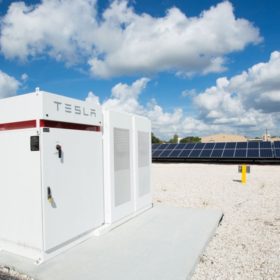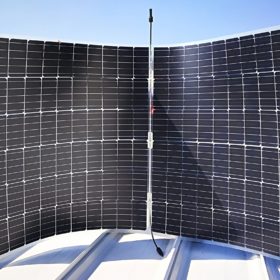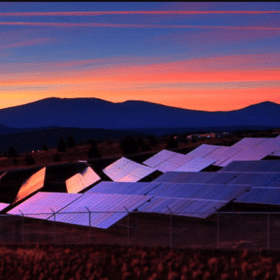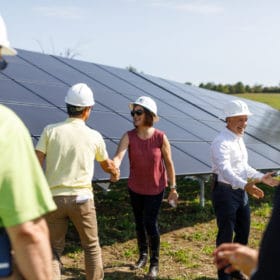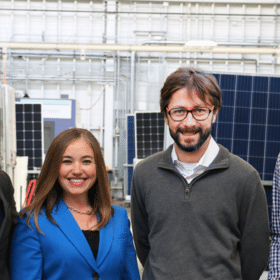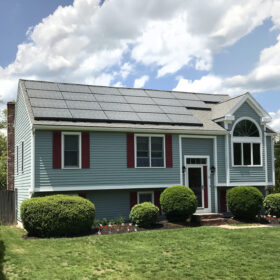pvMB 1/16/19: Updates on Enphase’s microinverter swap-out, LONGi becomes a Sunnova-approved vendor, Shell installs a solar+storage microgrid, and more!
In today’s pv magazine USA morning brief we take a look at Con Edison choosing Sunverge’s platform for its Smart Home Rate project, California ISO’s reliability coordination services gaining 32 new utility members and other quick hitters.
If San Diego goes for smaller solar, it could yield huge results
A recent solar siting survey conducted by The Clean Coalition found that San Diego has huge potential for solar development, and that the number grows sharply when smaller sites are considered.
As power grids change, language must as well
A new report calls for a change in the way that grid operators not only forecast behind-the-meter resources, but talk about the needs of electricity supply.
pvMB 1/14/19: Jolywood introduces a 420 watt module, hurdle cleared in Exxon climate lawsuit, rooftop solar so white
In today’s edition of pvMB: Tufts University and Cal Berkeley find that rooftop PV installations are overwhelmingly white and a TXP and IdeaSmiths report outlines the symbiotic relationship between Texas ranchers and wind and solar energy.
Portland utility proposes $1/kWh incentive for residential peak shaving
The utility aims for at least 66% participation in a residential demand response pilot. It also gives customers the option of moving to a lower rate structure by allowing the utility to automatically reduce their consumption during peak periods.
pvMB: Borrego Solar breaks 500 MW, Alabama gas+solar+storage microgrid, bill introduced for 100% renewables nationwide
Today’s pv magazine USA morning brief also features the EIA projecting 4.3 GWac of utility scale solar in 2019, SunPower tapping a new executive to lead its technology business unit, President Trump nominating former coal lobbyist Andrew Wheeler to stay on as the head of the EPA, and more!
Six paths to 100% renewables for Los Angeles
Added transmission, varying levels of distributed generation, and increasing levels of “load modernization” are all under consideration in an NREL study. The results could illuminate paths for California and other states to reach 100% zero-carbon or renewable energy targets.
Ammonia in the mix for future storage technologies
Japan’s JGC Corporation reports an efficient method of converting hydrogen to ammonia, which can later be combusted to generate carbon-free electricity. Ammonia, according to JGC, has various advantages over hydrogen in terms of safety and cost effectiveness.
pvMB: 850 MW of solar portfolio transactions, updated residential ROIs, surveys, more!
In today’s pv magazine morning brief, John Hancock and APEX Clean Energy buy into 412 and 443 MW solar portfolios, Solarpowerrocks.com updates their residential return on investment charts, Swift Solar raises $4.6 million for perovskite research, Wood Mackenzie requests residential acquisition costs survey, more!
PVEL splits from DNV GL
The testing lab is on its own again after a management buyout, and Jenya Meydbray is returning as CEO. PVEL will still collaborate with DNV GL on its annual module scorecard.
